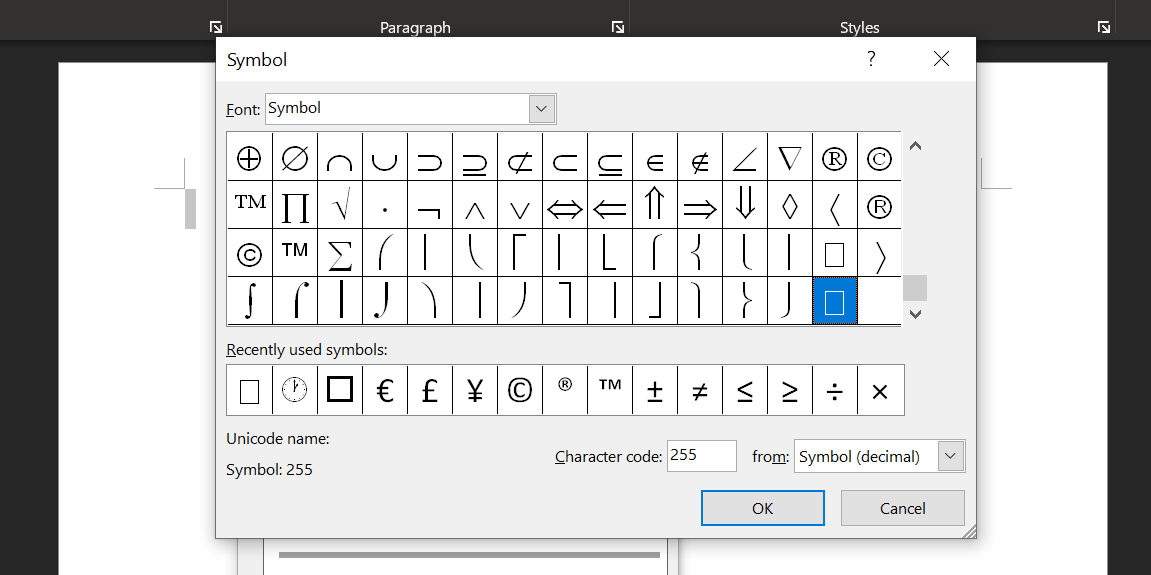

Such is the case with WhatsApp and Facebook where it is used as an easily understood visual way that says the message has been read and seen but with no response through. The other option is to enter the Unicode character of the symbol and then press Alt + X to convert in to a symbol. In some mobile applications, the ✔ mark means read or verified. The latter is also applicable to computer interfaces, with the check box being usually presented as an empty box that, at the moment of clicking on it, is filled with a checkmark or tick. In general, printed forms include boxes or spaces to mark with a checkmark if the item in the form has been checked or revised. For an empty box, you can use 4,38 or 5,24. There is no corresponding 'check mark in a box' symbol.
 Other versions place the Greeks as inventors of these symbols of approval and rejection. Use a standard Symbol, Check Mark outline, the Checkbox.wcm macro, or WordPerfects Insert>PDF Forms Control feature SYMBOL: The standard 'x in a box' symbol is 5,25 - accessible with Insert, Symbol or
Other versions place the Greeks as inventors of these symbols of approval and rejection. Use a standard Symbol, Check Mark outline, the Checkbox.wcm macro, or WordPerfects Insert>PDF Forms Control feature SYMBOL: The standard 'x in a box' symbol is 5,25 - accessible with Insert, Symbol or According to specialists, the origin of this symbol can be found in Ancient Rome, when people marked elements in the lists with a letter V, that in Latin would be veritas (truth). The history of this symbol has no clear origin.

In Japan and Korea, a “◯”, also known as “丸印” (marujirushi), is used to indicate “yes” instead of the checkmark. In some European countries such as Finland and Sweden, the checkmark can be used as an error mark and therefore indicates “no” instead of “yes”. It is opposed to the cross even though the cross can also be positive (as in paper votes). A checkmark (also known as checked, tick or checkbox in English) is a mark (✓, ✔, ☑, √) used to indicate the concept of “yes”, to indicate that “yes, it has been verified” and also, “yes, that is the correct answer”.


 0 kommentar(er)
0 kommentar(er)
